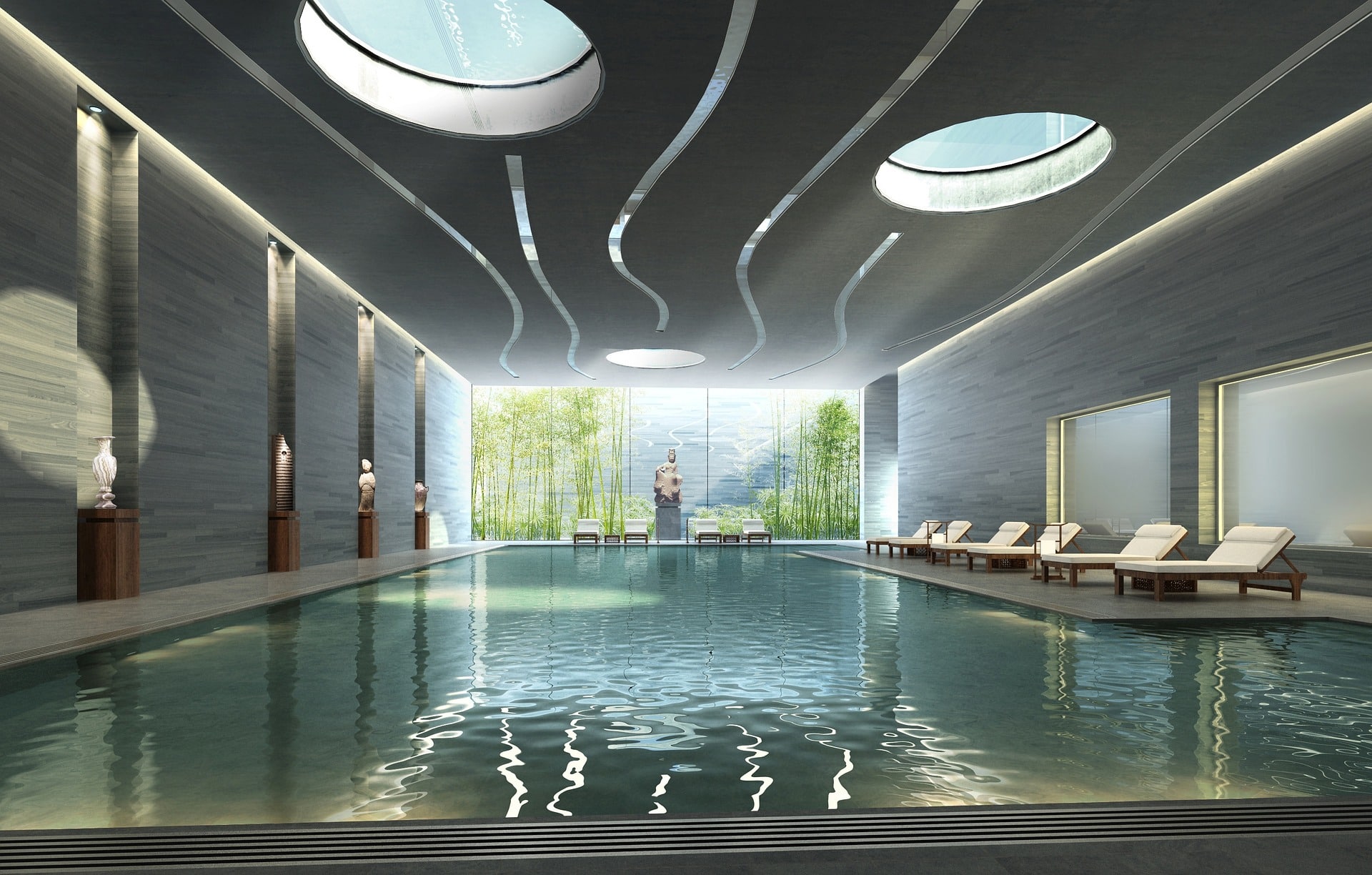
Pools are intended as places for relaxation and having fun with the kids, family, and friends. However, water pools pose a serious danger to children, especially when pool owners or operators don’t provide the required safety measures. Even though modern pools are built to make them a safer place, pool drownings remain one of the major causes of death for children in all age groups, and these statistics do not show any signs of improvement.
Although pool drownings are usually associated with death, there are also near-drowning accidents that can lead to serious brain damage. Unfortunately, the causes of pool drownings and near-drowning incidents can be numerous and are not always easy to identify or avoid. For this reason, parents and supervising adults should be on the lookout for the safety of children to prevent a tragedy from happening.
Meanwhile, holding people accountable for these accidents is complicated since the laws related to drowning incidents are complex and include regulations both on the state and federal levels. When children are involved in a drowning accident, you will need the assistance of an experienced pool drowning attorney /hyperlink to the new webpage/ to investigate and pursue your case. If you are interested in learning more about pool drownings, why they happen, who is responsible, how you can make your children’s pool time safer and get compensated in case of a pool accident, keep reading.
Table of Contents
Drowning and Near-Drowning Accidents
Drowning happens when lungs begin to fill with water, which puts the victim at risk of brain damage and death. It can take as little as 20 to 60 seconds for a grown adult to start drowning and even less for a young child. What makes the situation even more serious is the fact that in most cases, drowning people are physically unable to call or gesture for help.
According to data provided by the Centers for Disease Control and Prevention, drowning is the second major cause of death for children between 1 and 4 years old, just after birth defects. Most drownings in this age group happen in residential and community swimming pools. Drowning is also the second cause of unintentional injury and death among children aged 1-14 years.
When a victim is rescued after asphyxia due to submersion, such incidents are referred to as near-drownings. Even though near-drowning doesn't result in death, it can cause severe brain damage. For young children, it is not uncommon for near-drownings to result in permanent neurological disability.

What Are the Major Causes of Drowning?
The negligence of pool owners and operators remains among the main causes of pool drownings, especially with young children. When drownings happen in backyard pools, the property owners can be held responsible for not providing necessary safety measures, including the following:
- Providing adequate safety barriers that prevent children from getting access to the water without proper adult supervision.
- Training pool staff who are on alert for drowning children and are capable of rescuing them.
- Avoiding overcrowding in the pool and pool areas because it can lead to accidents and inadequate supervision.
- Ensuring that pool equipment is safe and properly maintained.
- Making sure that there are no other dangerous conditions that can lead to drowning.
When pool owners or pool staff fail to comply with these requirements, pool drowning accidents can occur. Poorly trained staff might be unable to spot a child in trouble and provide timely rescue. Overcrowding, damaged tiles, absence of warning signs, and the lack of barriers can be other reasons children sink underwater and suffer a drowning accident.
Who Is Responsible for Pool Drownings?
Drowning accidents involving children can happen in many different settings, which include:
- Amusement parks
- Public pools
- Water parks
- Hotel pools
- Backyard pools
Most often, pool drowning accidents involving children happen due to the fault of pool owners, pool staff, or manufacturers of pool equipment. Various regulations related to pool safety routines, pool design, equipment, and maintenance are intended to make pools as safe as possible. While all newer pools are designed to comply with the regulations, older pools are expected to meet them as well.
The regulations related to pool safety apply to all pools, including residential pools. Backyard pool owners are also expected to provide adequate safety measures; for example, they should have a closed fence with a locked entrance to prevent access. Even if a child trespasses onto the property and falls into the pool, the pool owner can be liable for that accident if safety requirements were not met.

How Parents Can Keep Children from Drowning
Although pool owners should provide for the safety of visitors and may be liable for accidents when they fail to do so, no compensation can return the health or life of a loved one. Therefore, parents should ensure the safety of their children in swimming pools by following these simple yet important rules:
1. Stay vigilant. Close supervision can prevent most pool drowning accidents but is not always as simple as it seems. Losing sight of your child in a crowded pool or when speaking on your phone is easier than you might realize. That is because most drownings happen quietly, so the best strategy for parents of young children in the pool area is to keep them at arm's reach and avoid any distractions.
2. Take Your Child to Swimming Lessons. According to the research conducted in the Association Between Swimming Lessons and Drowning in Childhood case study, formal swimming lessons can provide an 88% drowning reduction risk in children between 1 and 4 years of age. The skills, knowledge, and practice will help toddlers and older kids protect themselves and act effectively when they face a drowning risk.
3. Use Life Jackets. Air-filled or foam toys, water wings, inflatable noodles, or anything in-between cannot be viewed as reliable floatation support. These are not made to keep swimmers safe and cannot be considered as a replacement for a swimming jacket. Children who cannot swim or weaker swimmers should use life jackets in and around pools all the time.
Ask for Legal Assistance to Get Compensated After a Pool Drowning Accident
The parents or guardians whose children were involved in a pool drowning accident should always seek an attorney to investigate whether any negligence caused or contributed to the accident. Although compensation will not bring back their child or return them to full health, it is the way our legal system allows us to hold the responsible persons accountable. It not only delivers justice to help cover expenses associated with medical and funeral bills but also helps create a safer environment by preventing such a tragedy from happening to other parents.
Bernheim Kelley Battista and Bliss, LLC is comprised of a team of highly experienced personal injury lawyers who have a track record of recovering millions of dollars for persons injured as a result of another’s negligence. Our team can help pursue damages related to a drowning accident, including near-drowning and fatal pool drowning cases. Our personal injury team is ready to negotiate and litigate on your behalf and to pursue your rights for compensation. Contact BKBB Law today for a free consultation to discuss how we can help in your particular case.
Personal Injury Practice Areas
Car Accident
Truck Accident
Uber Accident
Scooter Accident
Bicycle Accident
Boating Accident
Medical Malpractice
Wrongful Death
Slip and Fall
Construction Accident
Jet Ski Accident
Workers Compensation
Catastrophic Injury
Pedestrian Accident
Pool Accident
Premises Liability
Bus Accident
Motorcycle Accident
Dog Bite Accident

